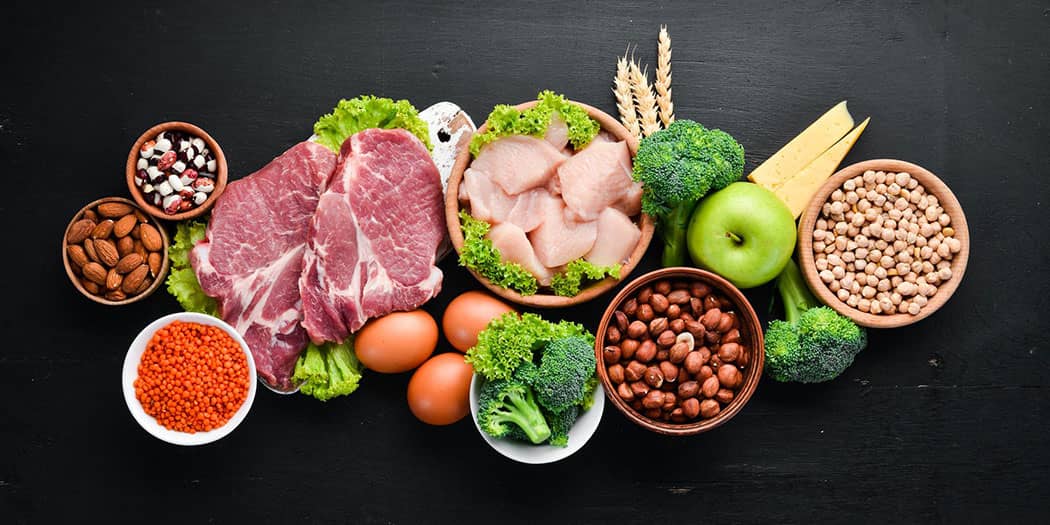On October 21, 2022, the European Commission published Regulation (EU) 2022/2002, amending Annexes of Regulation (EC) No 1881/2006 regarding maximum levels for dioxins and dioxin-like polychlorinated biphenyls (PCBs) in certain foodstuffs.
In 2018, the European Food Safety Authority (ESFA) adopted a scientific opinion on the risks to animal and public health related to the presence of dioxins and dioxin-like PCBs in feed and food. The EFSA recommends re-evaluating the World Health Organisation (WHO) 2005-TEFs (Toxic Equivalence Factors), the aim of which was to harmonize TEFs for dioxin and dioxin-like compounds on an international level. The WHO review of TEFs is expected to be completed in 2023. Meanwhile, the EFSA established maximum levels for dioxins and for the sum of dioxins and dioxin-like PCBs for foodstuffs such as meat and meat products and extend the existing maximum level for hen’s eggs to all poultry eggs, except for goose eggs, milk and dairy products. Additionally, the maximum levels apply to the muscle meat of the abdomen of crustaceans, not only muscle meat from appendages.
The European Union (EU) published Regulation (EU) 2022/2002 on October 21, 2022, amending the Annex to Regulation (EC) No 1881/2006 which sets maximum levels for certain contaminants, including dioxins and dioxin-like PCBs in foodstuffs, and was previously amended by Regulation (EU) No 1259/2011. Details of the changes for the regulation (EU) 2022/2002 are shown in table 1.
Table 1: Amendments to Annex (Section 5, Dioxins and PCBs) to Regulation (EC) No 1881/2006 according to the Annex of the new regulation.
| Maximum Levels (mg/kg) |
||||
| Food Stuffs |
Sum of dioxins (WHO-PCDD/ F-TEQ) | Sum of dioxins and dioxin-like PCBs (WHO-PCDD/F-PCB-TEQ) | Sum of PCB28, PCB52, PCB101, PCB138, PCB153 and PCB180 (ICES- 6) | |
| 5.1 |
Meat and meat products (excluding edible offal) of the following animals: - Bovine, ovine and caprine animals- Poultry - Pigs - Horse - Rabbit - Wild boar (Sus scrofa) - Wild game birds - Venison |
2.5 pg/g fat 1.75 pg/g fat 1.0 pg/g fat 5.0 pg/g fat 1.0 pg/g fat 5.0 pg/g fat 2.0 pg/g fat 3.0 pg/g fat |
4.0 pg/g fat 3.0 pg/g fat 1.25 pg/g fat 10.0 pg/g fat 1.5 pg/g fat 10.0 pg/g fat 4.0 pg/g fat 7.5 pg/g fat |
40 ng/g fat 40 ng/g fat 40 ng/g fat |
| 5.2 | Liver of bovine and caprine animals, poultry, pigs and horses and derived products thereof | 0.30 pg/g wet weight | 0.50 pg/g wet weight | 3.0 ng/g wet weight |
|
Liver of ovine animals and derived products thereof |
1.25 pg/g wet weight | 2.00 pg/g wet weight | 3.0 ng/g wet weight | |
|
Liver of wild game birds |
2.5 pg/g wet weight | 5.0 pg/g wet weight | ||
| 5.3 |
In point 5.3, footnote (44) the sentence "In case of crabs and crab-like crustaceans (Brachyura and Anomura) it applies to muscle meat from appendages." is deleted. |
|||
|
5.8 |
Raw milk and dairy products, including butter fat |
2.0 pg/g fat |
4.0 pg/g fat |
40 ng/g fat |
|
5.9 |
Poultry eggs and egg products except goose eggs |
2.5 pg/g fat |
5.0 pg/g fat |
40 ng/g fat |
This amendment shall apply January 1, 2023.
This regulation applies to products produced in, or imported into, the European Union from January 1, 2023. Considering that certain foodstuffs covered by this regulation have a long shelf life, it is appropriate to provide for a transitional period. During this period, foodstuffs not complying with the new maximum levels, which were lawfully placed on the market before the date of entry into force of this regulation, may remain on the market until their date of minimum durability or use-by-date.
What do the changes mean?
EU Member States, third countries and food business operators must ensure their products comply with the new requirements for maximum levels of dioxins and dioxin-like PCBs in foodstuffs. For more information, or to discuss your testing, analysis and certification requirements, please contact a food safety expert, such as SGS.
SGS is committed to keeping you informed of regulatory news and developments. Leveraging our global network of laboratories and food experts, SGS provides a comprehensive range of food safety and quality solutions, including analytical testing, audits, certifications, inspections, and technical support. We continually invest in testing and state-of-the art technologies to help you reduce risk and improve food safety and quality. For more information, please visit our website: www.sgs.com/foodsafety.
Next step
THE REGULATION SHALL APPLY FROM JANUARY 01, 2023.
This site is SGS’s property. All contents such as website designs, text, and graphics contained herein are owned by SGS or licensed to SGS. The information provided by SGS on this site is for technical and general information purposes only and offers no legal advice. The information is no substitute for professional legal advice to ensure compliance with the applicable laws and regulations. All information on this site is provided in good faith “as is”, and SGS makes no representation or warranty of any kind, express or implied, and does not warrant that the information will be error-free or meet any particular criteria of performance or quality.





.webp?width=1644&height=1254&name=Food%20Safety%20Dashboard%201%20(1).webp)
